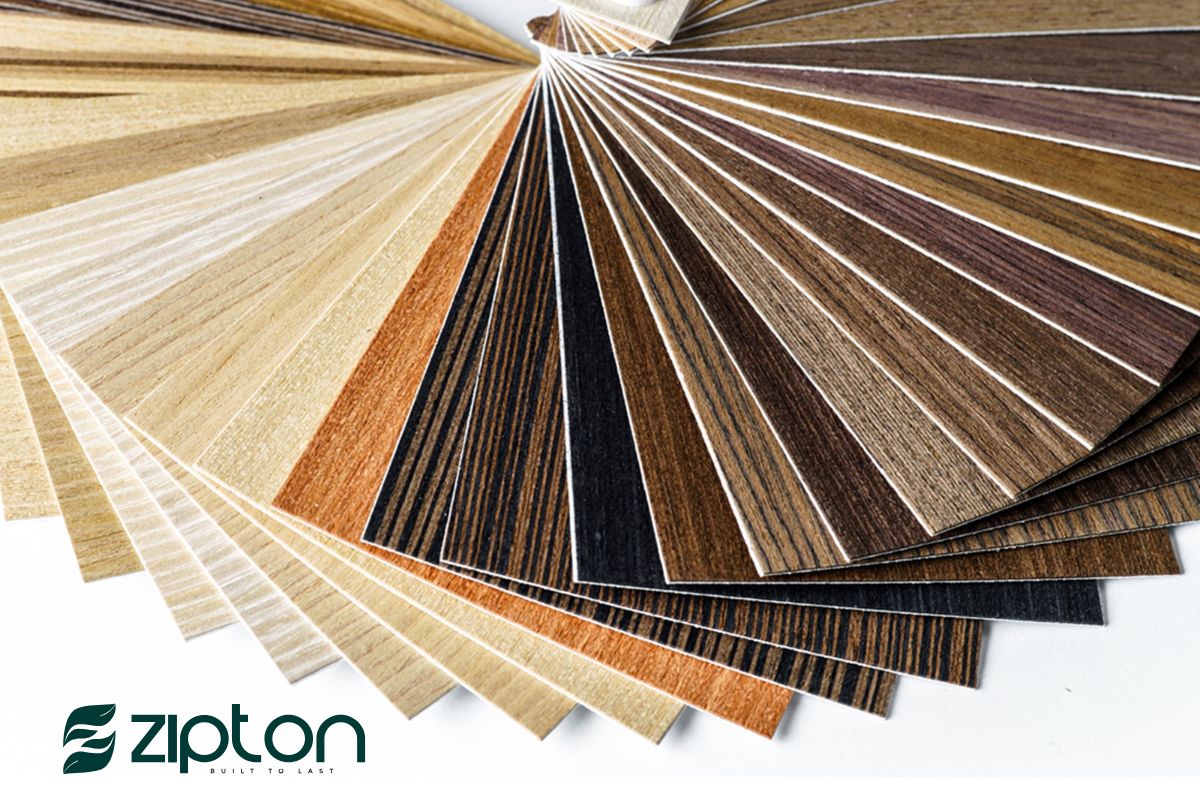Laminates are engineered wood products that have become increasingly popular in the construction and furniture-making industries. These products offer a unique combination of durability, versatility, and aesthetic appeal, making them an attractive option for architects, builders, and designers.
In this article, we will delve into the world of wood and plywood laminates, exploring their benefits, applications, manufacturing process, and types.
Benefits of Wood and Plywood Laminates
Wood and plywood laminates offer several benefits that make them a popular choice for various applications:
- Durability: Wood and plywood laminates are more durable than solid wood, with a longer lifespan and resistance to warping, cracking, and rotting.
- Versatility: Wood and plywood laminates can be used for a wide range of applications, from furniture making to construction.
- Aesthetic Appeal: Wood and plywood laminates offer a unique aesthetic appeal, with a wide range of colors, textures, and patterns available.
- Cost-Effective: Wood and plywood laminates are often more cost-effective than solid wood, making them an attractive option for budget-conscious builders and designers.
Applications of Wood and Plywood Laminates
Wood and plywood laminates are suitable for various applications, including:
- Furniture Making: Wood and plywood laminates are used to make a wide range of furniture products, from cabinets and tables to chairs and beds.
- Construction: Wood and plywood laminates are used in construction for various applications, including flooring, roofing, and wall paneling.
- Interior Design: Wood and plywood laminates are used in interior design to create unique and stylish features, such as accent walls, ceilings, and floors.
- Exterior Applications: Wood and plywood laminates can be used for exterior applications, such as decking, fencing, and siding.
Manufacturing Process of Wood and Plywood Laminates
The manufacturing process of wood and plywood laminates involves several stages:
- Log Selection: Logs are selected based on their quality and species.
- Peeling: The logs are peeled into thin veneers.
- Drying: The veneers are dried to a moisture content of 10-15%.
- Adhesive Application: A special adhesive is applied to the veneers.
- Pressing: The veneers are pressed together to form a panel.
- Lamination: The panel is laminated with a decorative surface, such as a wood veneer or a melamine coating.
- Finishing: The laminated panel is finished with a variety of treatments, including sanding, staining, and coating.
Types of Wood and Plywood Laminates
There are several types of wood and plywood laminates available, including:
- High-Pressure Laminate (HPL): HPL is a type of laminate that is made by pressing multiple layers of paper and resin together under high pressure.
- Medium-Density Fiberboard (MDF) Laminate: MDF laminate is a type of laminate that is made by pressing MDF fibers together with a resin.
- Wood Veneer Laminate: Wood veneer laminate is a type of laminate that is made by pressing a wood veneer onto a substrate, such as MDF or plywood.
- Melamine Laminate: Melamine laminate is a type of laminate that is made by pressing a melamine coating onto a substrate, such as MDF or plywood.

Conclusion
In conclusion, wood and plywood laminates are versatile and durable products that offer a unique combination of aesthetic appeal, durability, and cost-effectiveness. Their applications are diverse, ranging from furniture making to construction, and they are available in a wide range of types and styles. By understanding the benefits, applications, manufacturing process, and types of wood and plywood laminates, architects, builders, and designers can make informed decisions about using these products in their projects.

